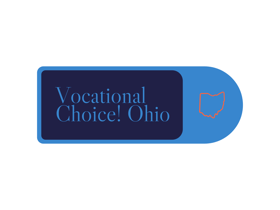Conducting a Feasibility Study for a Private Ambulance Service in Cincinnati, Ohio
3/7/20251 min read


Understanding Feasibility Studies in Healthcare
Before embarking on any new business venture, especially in the healthcare sector, it is crucial to conduct a comprehensive feasibility study. A feasibility study evaluates the viability of an idea, helping stakeholders determine whether to proceed. For a private ambulance service in Cincinnati, Ohio, such a study will involve assessing market demand, operational logistics, financial analysis, and regulatory compliance. By laying out these components, decision-makers can minimize risks and enhance profitability.
Market Demand Analysis
The first step in the feasibility study is to evaluate the market demand for a private ambulance service in Cincinnati. This includes identifying the target demographics, including the aging population and communities with limited access to emergency transportation. Additionally, researching existing services in the area can reveal gaps in service that your ambulance company could fill. Engaging with local hospitals, medical facilities, and community organizations will provide essential insights into their needs and expectations for an ambulance service.
Operational Logistics
Once the market demand has been assessed, the next step is to analyze the operational logistics of starting a private ambulance service. This includes determining the number of ambulances required, the workforce needed, and defining the service areas. In Cincinnati, factors such as traffic patterns, average response times, and existing healthcare infrastructure will play significant roles in shaping operational strategies. Furthermore, it is essential to consider partnerships with other healthcare providers and organizations that could bolster your service offerings.
Financial and Regulatory Considerations
The financial aspect of starting an ambulance service cannot be overlooked. Conducting a detailed financial analysis will involve estimating startup costs, operational expenses, and potential revenue streams. Grants, loans, and investments may also be an option to explore. Alongside financial assessments, understanding the regulatory requirements in Ohio is crucial. There are specific licenses, certifications, and insurance policies required to legally operate an ambulance service. Navigating these regulations is essential to ensure compliance and to avoid any operational hiccups.
Conclusion
Click to see conclusions of detailed feasibility case study.
Empowerment
Explore self-employment opportunities in Ohio today!
Connect
Choice
© 2025. Vocational Choice! Ohio. All rights reserved.
